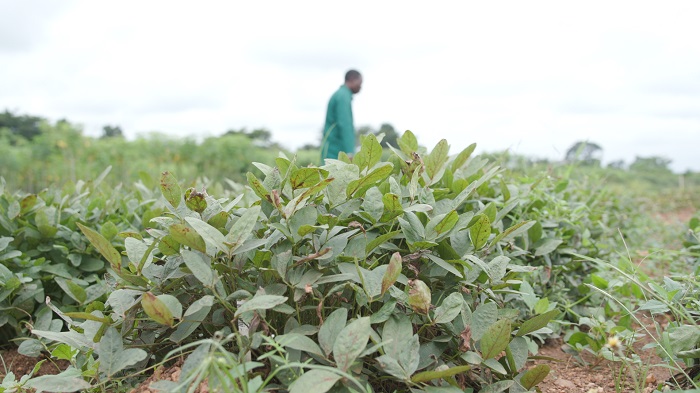Regeneration
In Module 1, you learned that maintaining the genetic integrity of seeds is a core objective of genebanks. Many of the processes in subsequent modules are geared towards maintaining this genetic integrity. Whether by drying seeds to maximize their longevity or by cross-checking newly regenerated seeds against the seed file during cleaning, there are many ways a genebank can improve the quality of regenerated seeds. This make sure that the new generation of accessions are exactly the same, or at least as close as possible, to the original sample.
Genetic integrity can be threatened by pollen contamination, seed contamination, or unintended selection over many cycles of regeneration. Watch the video in which scientists talk about what measures they take to reduce genetic drift in regenerated seeds. As you watch, think about how every process tightly tied into the genebanks’ core mission of conserving diversity.

Transcript: Video 3: seeds for the future
Please write your comments on what Andres Godwin Sajise, Marionette Alana and Fiona Hay say. What measures do they use to avoid genetic drift? Why does ensuring seed quality at earlier stages of the process, such as harvesting, drying and storage, also help reduce genetic drift? You should spend up to ten minutes on this. If your reflections on the video raise any questions, please post them on the Forum, where the course moderators will be able to help you.
When you are ready, press 'reveal' to see our comments.
Discussion
The video shows various ways in which genebanks avoid genetic drift during regeneration. By checking the database, they ensure that they only embark on regeneration on accessions for which there is evidence that it really is needed. By planning when and where to plant, they reduce the risk of cross-fertilization or contamination during flowering or harvest. And by only regenerating a limited number of times, they increase the likelihood that new generations are as close as possible to the original sample. Most of all, by applying the science of seed quality during the earlier stages of cultivation, harvesting, drying, sorting and storage, genebanks can increase the amount of time between regeneration cycles.
Factors influencing germination
